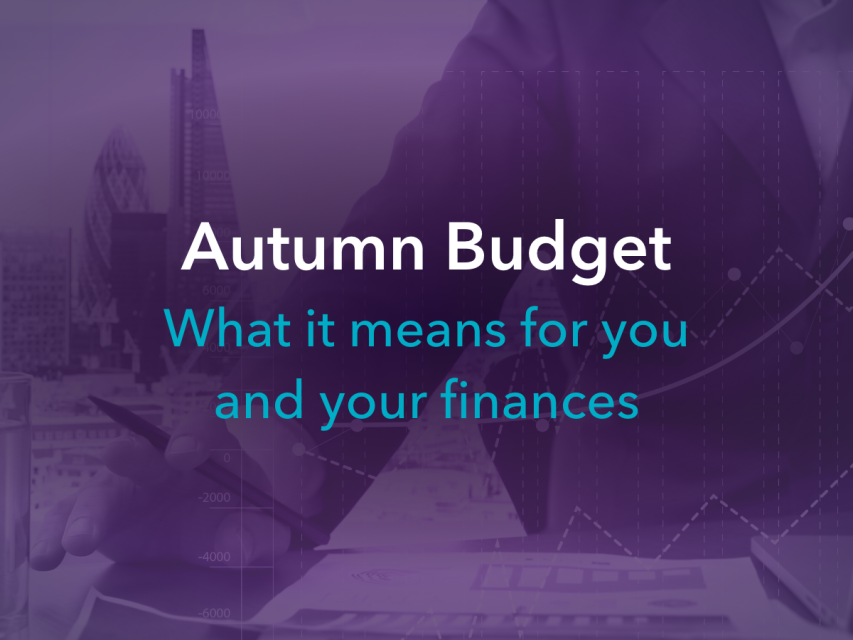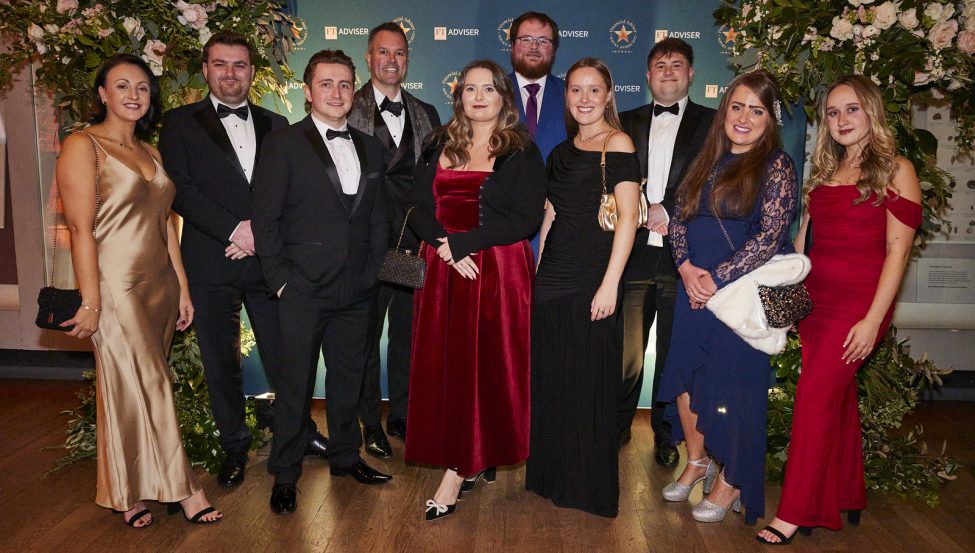How to make the most of your tax-free allowances in retirement
Entering retirement marks a significant life milestone, and with it comes the opportunity to take greater control of your financial affairs.
There is a range of tax-free allowances that can help you make the most of your income and savings.
Whether you’re drawing from pensions or other investments, understanding how to make the most of your tax-free allowances can make a big difference to your finances in retirement. In this guide, we’ll break down the key allowances available and how to use them wisely – so you can focus on enjoying the years ahead with confidence.
Understanding the key tax-free allowances
Personal allowance
The personal allowance is the amount of income you can earn each tax year tax-free.
For the 2025/26 tax year, it remains at £12,570. In retirement, your income might come from various sources – State Pension, private pensions, annuities, part-time work or savings and investments. It can help to structure your income so you fully utilise this allowance each year.
Coordinate pension withdrawals
If you’re drawing from a Defined Contribution pension, one option could be to schedule withdrawals so that your total income stays just under or around the personal allowance. While this helps avoid unnecessary tax, you also must make sure you are drawing enough to afford your essentials. Careful planning will balance both priorities.
Combine with other allowances
The personal allowance can be used alongside other tax-free income sources, such as the savings allowance and dividend allowance, potentially increasing your overall tax-free income.
- Married couples and civil partners: If one partner earns less than their personal allowance and the other is a basic-rate taxpayer, consider using the Marriage Allowance. This lets one partner transfer up to £1,260 of their Personal Allowance to the other, potentially saving up to £252 in basic rate tax.
- Watch your income levels: If your income exceeds £100,000 (less common in retirement, but possible), your Personal Allowance reduces by £1 for every £2 above this threshold. Keep this in mind if you plan to take large lump sums from your pension or sell investments in a single tax year.
Pension benefits and lump sum allowance
When you access your defined contribution pension pot, you’re usually entitled to take up to 25% of the pension fund as a tax-free lump sum. For example, if your pension pot is £100,000, you can withdraw £25,000 completely tax-free.
The most you can take is £268,275 unless you have Fixed Rate Protection – this is known as the lump sum allowance. The remaining 75% of your pension savings can then be taken as income, subject to Income Tax at your marginal rate. If you take a lump sum that goes above your allowances, you’ll need to pay Income Tax at your marginal on the extra amount.
Because the lump sum is tax-free, it doesn’t count towards your taxable income. You don’t have to take the lump sum all at once – many retirees choose to spread withdrawals over several years to manage their income and reduce their tax liability. This flexibility can be especially helpful if you want to avoid pushing yourself into a higher tax bracket by taking large amounts in one go.
Personal savings allowance
The Personal savings allowance (PSA) lets you earn tax-free interest on your savings. For basic rate taxpayers, the allowance is £1,000 per year. For higher rate taxpayers, it’s £500. Additional rate taxpayers do not receive this allowance.
The PSA covers any interest you earn from bank and savings accounts, building societies, UK gilts and both corporate and government bonds.
You can maximise your full ISA allowance (£20,000) each tax year so the interest won’t count towards your PSA. This means you earn the interest tax-free – while still having your £1,000 (or £500) allowance.
Individuals earning less than the Personal Allowance of £12,570 have the Starting Rate for savings. This is currently £5,000 and means that you can earn interest up to £5,000 without paying tax, and it can also be combined with the PSA. This is reduced by £1 for every £1 earned over the Personal Allowance. This means that you are not eligible for the Starting Rate if you earn £17,570 or more.
Dividend allowance
If you have shares outside of an ISA or receive dividends from a company you’re involved in (including family-run businesses), the dividend allowance is another important tax-free benefit.
The tax‑free dividend allowance remains at £500 for the 2025/26 tax year.
Any dividends above the £500 threshold are taxed at:
- 8.75% (basic-rate)
- 33.75% (higher-rate)
- 39.35% (additional-rate)
It’s worth noting that this is in addition to your personal tax allowance, (which as mentioned is £12,570 this tax year) and can be used if your only income is from investments.
If you own a company and have flexibility over when to pay dividends, you could consider spreading dividend payments across tax years – making the most of your annual dividend allowance.
It’s also worth keeping an eye on your tax code to make it is correct as this can help you maximise your dividend and personal allowance. If you receive dividends from shares outside of an ISA, HMRC will usually adjust your tax code to collect any tax paid on dividends above the allowance.
Capital Gains Tax (CGT) allowance
Capital Gains Tax is a tax on the profit when you sell – or ‘dispose of’ – an asset that’s increased in value.
You only have to pay Capital Gains Tax on your overall gains above your tax-free allowance (called the Annual Exempt Amount), and losses can be offset against gains in certain circumstances.
The Capital Gains tax-free allowance (as of 2025/26) is:
For retirees with investments held outside of tax wrappers (like ISAs or pensions), this allowance provides an opportunity to generate extra tax-free income by selling assets that have grown in value. You can look to gradually access capital without triggering a tax charge by regularly realising gains up to the annual exemption.
Used alongside ISAs and pensions, your CGT allowance can help maximise your income in retirement while keeping your overall tax burden to a minimum.
ISA income and withdrawals
ISAs offer the advantage of tax-free withdrawals. So whether your ISA holds cash, stocks and shares or a combination, any interest, dividends or capital gains remain outside of the tax system.
Every tax year you can save up to £20,000 in one account or split the allowance across multiple accounts.
If you have a Lifetime ISA, withdrawals are penalty-free if you are using towards a deposit for your first home or from age 60 and over and saving for retirement.
You can use ISAs to supplement your pension by topping up pension income tax-free from ISA withdrawals. Having income from both also allows you to smooth your income to remain below certain tax thresholds (above the £12,570 personal allowance or £50,270 higher rate threshold, for example).
There’s no limit to how much you can withdraw from an ISA, and it doesn’t affect your personal allowance or tax bands.
Final thoughts on maximising your tax allowances
By understanding and making full use of the various tax-free allowances available, you can improve the efficiency of your income and preserve more of your hard-earned wealth.
Smart planning, including when and how to draw from different sources like pensions, ISAs and investments can help you stay within lower tax bands, reduce unnecessary liabilities and even extend the life of your retirement savings.
Every individual’s financial situation is different, so it’s wise to review your income strategy – especially as tax rules and allowances can change over time – as well as speaking to a financial adviser for professional expertise and guidance.
With investing, your capital is at risk. Investments can fluctuate in value and you may get back less than you invest. This material is not a personal recommendation or financial advice and the investments referred to may not be suitable for all investors.
Tax is subject to an individual’s personal circumstances and tax rules can change at any time.
You should ensure your contribution does not result in your total ISA contributions within the tax year exceeding £20,000. ISA eligibility and tax rules apply.
Pension eligibility and tax rules apply. You should ensure your contribution does not result in your total Pension contribution within the tax year exceeding £60,000 or 100% of your earnings, whichever is lower.
True Potential Wealth Management is authorised and regulated by the Financial Conduct Authority. FRN 529810. Registered in England and Wales as a Limited Liability Partnership No. OC356611.
True Potential Investments LLP is authorised and regulated by the Financial Conduct Authority. FRN 527444. Registered in England and Wales as a Limited Liability Partnership No. OC356027.
True Potential LLP is registered in England and Wales as a Limited Liability Partnership No. OC380771.





